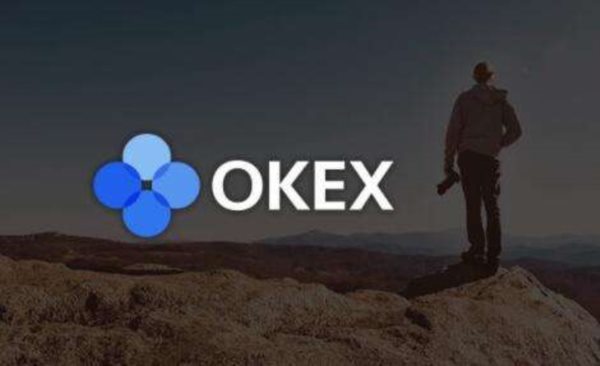时间:2023-07-23|浏览:193
After reaching an all-time high of over $5 billion in total value locked (TVL), Yearn has also surpassed its monthly revenue record.
In just May alone, Yearn generated revenue of over $10 million, with an estimated annual revenue of $123.12 million. In comparison, new robo-advisors like Betterment and Wealthfront reportedly had annual revenues of $50 million and $30 million respectively in 2019 and 2018, according to available data.
Considering revenue generated per dollar deposited and valuation relative to revenue, Yearn's performance is significantly better.
It's important to note that the above comparison is not entirely equivalent, but it emphasizes the strong financial situation Yearn has achieved in less than a year and a half since its inception.
Furthermore, its innovative approach to human coordination means Yearn can generate higher revenue with fewer employees. Currently, Yearn has 21 team members, most of whom are anonymous. Their total salary for April was $133,716. In contrast, Betterment and Wealthfront have 293 and 231 employees respectively, while the world's largest asset management company, Blackrock, has 16,500 employees.
This means that Yearn's efficiency, calculated as revenue per employee, is several orders of magnitude higher. This year, it is predicted that each team member will generate revenue as high as $5.86 million.
A significant portion of Yearn's team costs is allocated towards platform and strategic development. Analysis of the protocol's GitHub data reveals the evident commitment and growth of the Yearn team and community.
Yearn's developer community growth correlates with the number of YFI holders. The number of YFI holders, TVL, and revenue have all reached new highs recently.
Despite the recent market downturn, Yearn continues to grow in various aspects. Although Yearn receives minimal coverage from traditional media, its asset management platform has surpassed new banks on multiple levels. It is expected that Yearn will not only outperform traditional financial institutions in terms of revenue but, more importantly, it can achieve this with a relatively small yet continuously growing user community.









